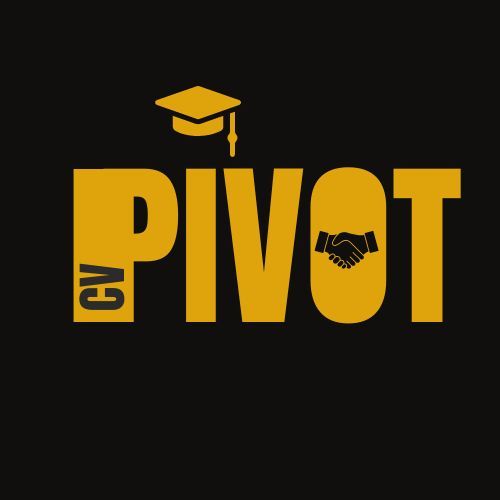How to Write a CV for a Remote Job: Standing Out in a Virtual Workspace
Remote work has become a game-changer for professionals and organisations worldwide. But landing a remote role requires more than just a standard CV. Competition is fierce for these remote opportunities and if your CV isn't hitting the mark, you are going to be overlooked (even if you have the technical skills for the role). Your CV needs to showcase not just your industry-specific skills and experience but also the skills and traits employers value most in a virtual environment. Here’s how to produce a CV that positions you as the ideal remote candidate.
1. Highlight Remote Work Experience (If You Have It)
Employers want to know you’re familiar with the demands of working remotely. If you’ve held a remote position before, highlight it in your CV.
- Example: “Project Manager (Remote) – Managed a global team across four time zones, delivering projects on schedule and within budget.” If your role wasn’t entirely remote but involved virtual collaboration, mention that too.
2. Showcase Key Remote Skills
Working remotely requires specific skills, such as:
- Time Management: Demonstrating how you’ve met deadlines independently.
- Communication: Highlighting experience with tools like Slack, Zoom, or Microsoft Teams.
- Tech Savviness: Listing familiarity with platforms like Trello, Asana, or Google Workspace.
- Problem-Solving – Quickly adapting to challenges or technical issues without immediate on-site support.
- Cloud-Based File Management – Using tools like Dropbox, Google Drive, or OneDrive for sharing and organising files.
- Cybersecurity Awareness – Understanding safe practices for data protection and avoiding phishing or other cyber threats.
- Digital Communication Etiquette – Knowing how to write clear, concise, and professional emails or messages.
Include these skills in your key competencies section or weave them into your role descriptions.
3. Tailor Your CV for the Job
Remote job descriptions often emphasise flexibility, adaptability, and self-motivation. Ensure your CV reflects these qualities by aligning it with the job posting. Use keywords from the job description to optimise your CV for ATS software.
4. Emphasise Achievements, Not Just Tasks
Employers are less interested in what you did and more focused on the outcomes. Use quantifiable results to demonstrate your impact. Use STAR methodology to write your achievements and ensure that you end each bullet point with a strong result / benefit. For example:
- "Implemented an automated ticketing system in a fully remote support role, which reduced customer response time by 30%.
5. Keep Location in Mind
Even remote roles may have location-specific requirements. If the role requires you to work within certain time zones or countries, include a brief mention in your CV.
- Example: “Based in London, experienced in working with teams across EMEA and US time zones.”
6. Make Your CV Visually Appealing and Easy to Read
Remote recruiters often review numerous applications. A clear, professional design ensures your CV stands out. Avoid overloading it with graphics or excessive formatting—stick to clean, ATS-friendly layouts.
I can not stress enough how important it is to make sure that the template you are using is ATS-friendly. You can download a template here if needed DOWNLOAD ATS COMPATIBLE CV TEMPLATE
7. Include a Remote-Friendly Cover Letter
Although not part of your CV, pairing it with a tailored cover letter can boost your chances. Use the cover letter to expand on why you’re the perfect remote hire.
Writing a CV for a remote job involves showcasing your ability to work independently, communicate effectively, and deliver results in a virtual setting. By tailoring your CV to highlight these qualities, you’ll position yourself as a standout candidate for remote opportunities.










